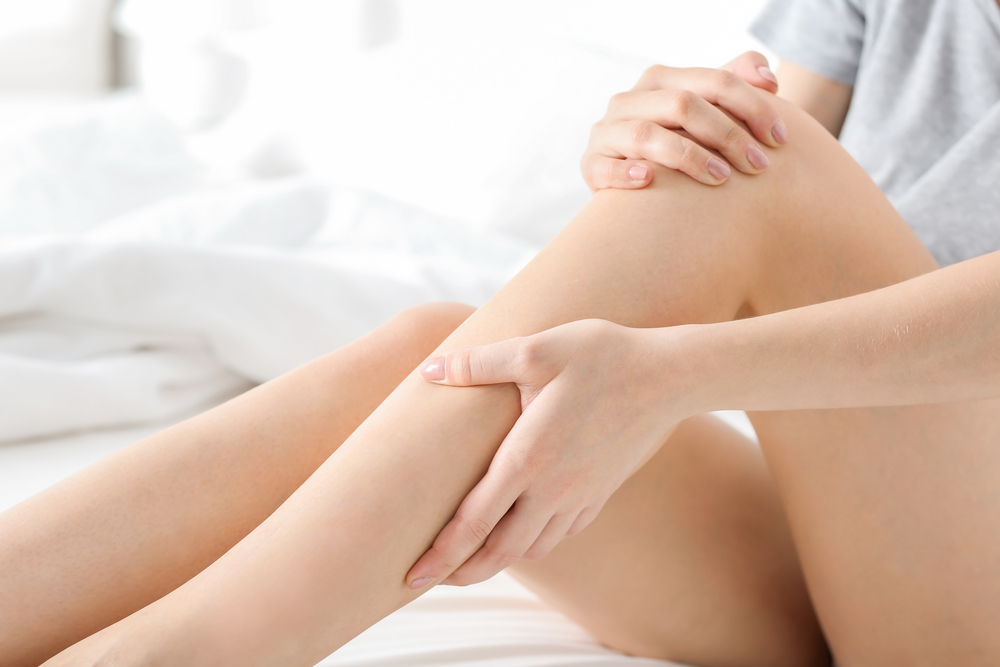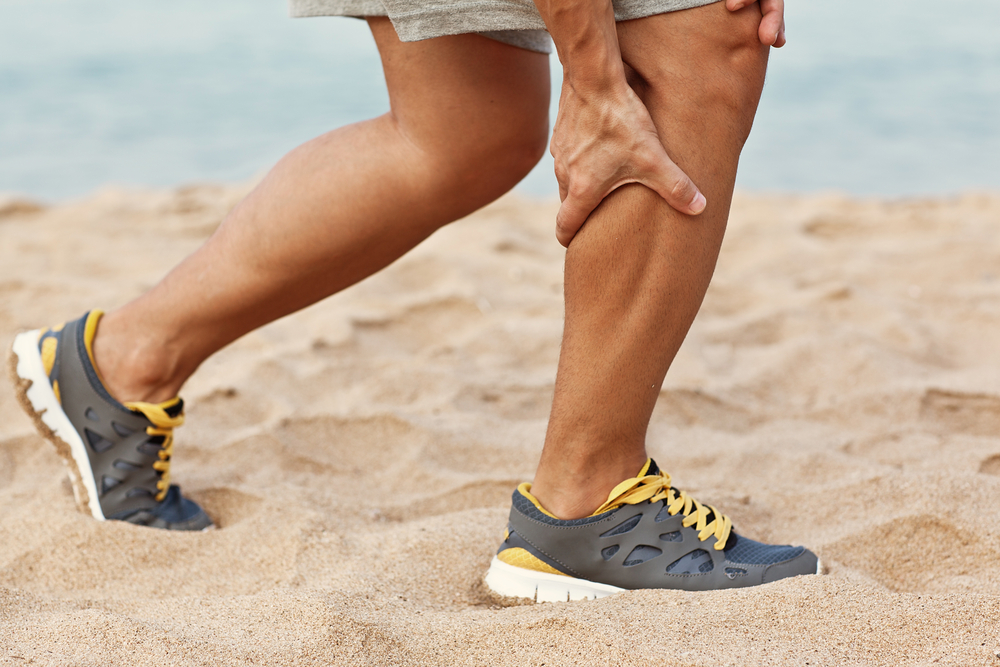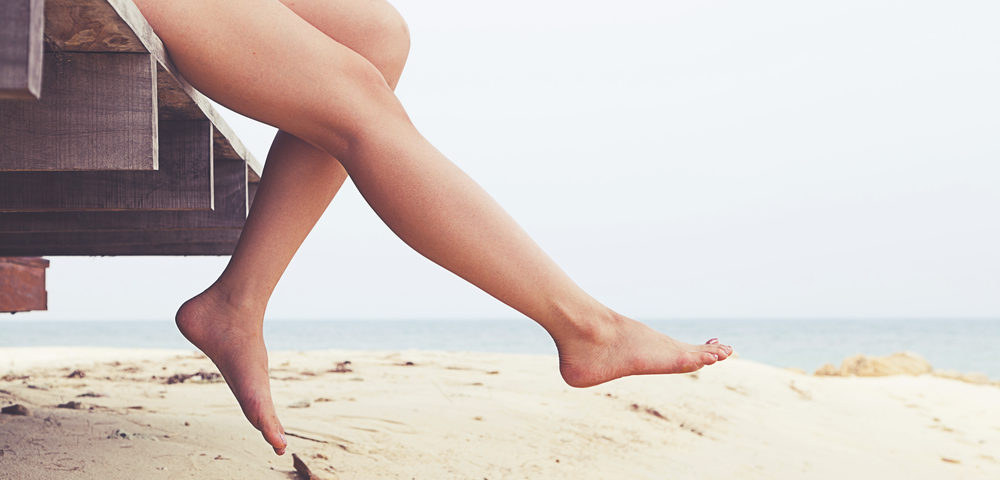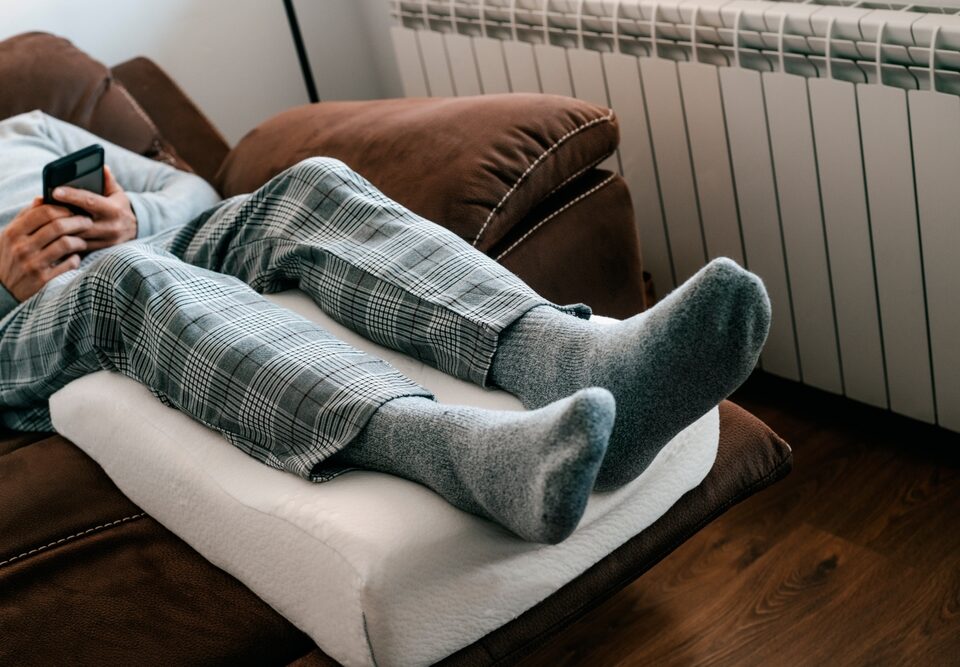
What Causes Leg Spasms?
August 1, 2018
Charley Horses: Frequently Asked Questions
August 29, 2018Varicose Vein Frequently Asked Questions
The extremely warm temperatures of summer call for shorts, skirts, and dresses if you want to beat the heat and stay cool.
However, many women avoid these types of clothing because they have varicose veins and prefer to keep their legs covered. And they are not alone, as approximately 23 percent of Americans suffer from varicose veins.
Fortunately, these dilated vessels are usually just a cosmetic concern and easily treatable with a variety of non-invasive and surgical options.
Nevertheless, leg pain, swelling, tingling, and heaviness can suggest an underlying medical condition, and it’s best to see a vein specialist for proper diagnosis and treatment.
Keep reading to learn all about varicose veins and what you can do if you have them.
What Are Varicose Veins?
Varicose veins often occur in the legs and lower extremities and present as swollen veins that can bulge and look like ropes or spider webs.
They may be red, purple, or blue in color and can vary in size and shape.
How Do Varicose Veins Develop?
Veins in the legs transport blood back up to the heart, and valves prevent this blood from flowing backwards.
However, when valves become diseased or damaged they can allow blood to pool in the legs and lower extremities, which causes veins to become enlarged. In some cases, fluid buildup in veins can leak into the tissue and result in swollen legs.
What Causes Varicose Veins?
Hereditary is a major contributing factor to varicose veins. So, if your mother or grandmother has varicose veins, it’s likely that you will experience them as well.
Another cause of varicose veins is advanced age (being over 50 years old), as over time vein walls weaken and become prone to malfunction.
Additionally, pregnant women often get varicose veins because of the increased blood volume and decreased circulation that occurs during gestation. Moreover, hormonal changes in menopause have been linked to varicose veins.
Finally, obesity puts increased pressure on veins, and a sedentary lifestyle (including standing or sitting still for extended periods of time) also increases the chance of blood pooling in the legs and lower extremities.
How Are Varicose Veins Diagnosed?
Varicose veins are often diagnosed by a vein specialist through a visual examination of the legs and lower extremities. However, he or she may also use advanced diagnostic tools including a doppler test and color duplex ultrasound scan.
A doppler test can check the direction of blood flow in the veins and for any blood clots or obstructions. Whereas a color duplex ultrasound scan allows providers to view the veins in color to assess the structures for any signs of abnormality. It can also measure the speed of blood flow.
How Can Varicose Veins Be Treated in Maryland?
Sclerotherapy is a non-surgical treatment for smaller varicose veins. It involves the injection of a solution into the affected vein that causes it to collapse and eventually disappear.
Radiofrequency ablation is minimally invasive and can be performed with a local anesthetic. During this procedure, a catheter is inserted into the damaged vein and emits radiofrequency to seal the vein shut.
Additionally, endovenous laser ablation works in a similar fashion, however rather than radiofrequency, laser energy is delivered through a catheter to close the vein.
Finally, vein stripping and ligation may be used if varicose veins are very large and/or have not responded to other treatments. This procedure surgically removes varicose veins and requires general anesthesia.
How to Prevent Varicose Veins?
Patients can take steps in their daily lives to reduce their risk for developing varicose veins. To start, it’s important to engage in daily physical activity, such as light walking, which activates the calf muscles and helps push blood from the legs back to the heart.
On that same note, losing weight takes pressure off the veins, increases circulation, and thereby makes varicose veins less likely.
Lastly, avoid standing and sitting for long periods of time and take care to elevate legs and feet for at least 15 minutes a day to prevent blood from pooling in leg veins.
For additional information and answers to frequently asked questions about varicose veins, please call our office today to schedule a consultation.
We are conveniently located in Westminster, Eldersburg, Baltimore, Hunt Valley and Bel Air.
We also service Ellicott City and Columbia in Howard County.



